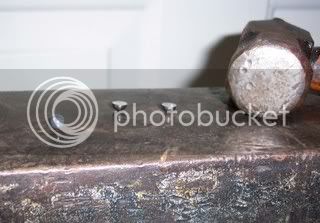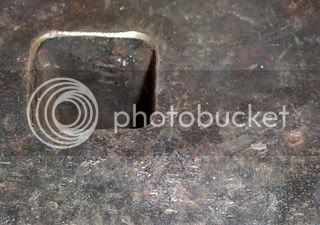Well we thought they was a great thing but one let go at the Chardon show. It totally ruined the engine!! We called the place where we got them and the guy said that they are not recommended for use on the power take off side!! That is not the same story that was told when we was buying them.
They claim they are good for 30.000 rpms and take the heat better and are stronger than the steel bearings.
Rick
They claim they are good for 30.000 rpms and take the heat better and are stronger than the steel bearings.
Rick








